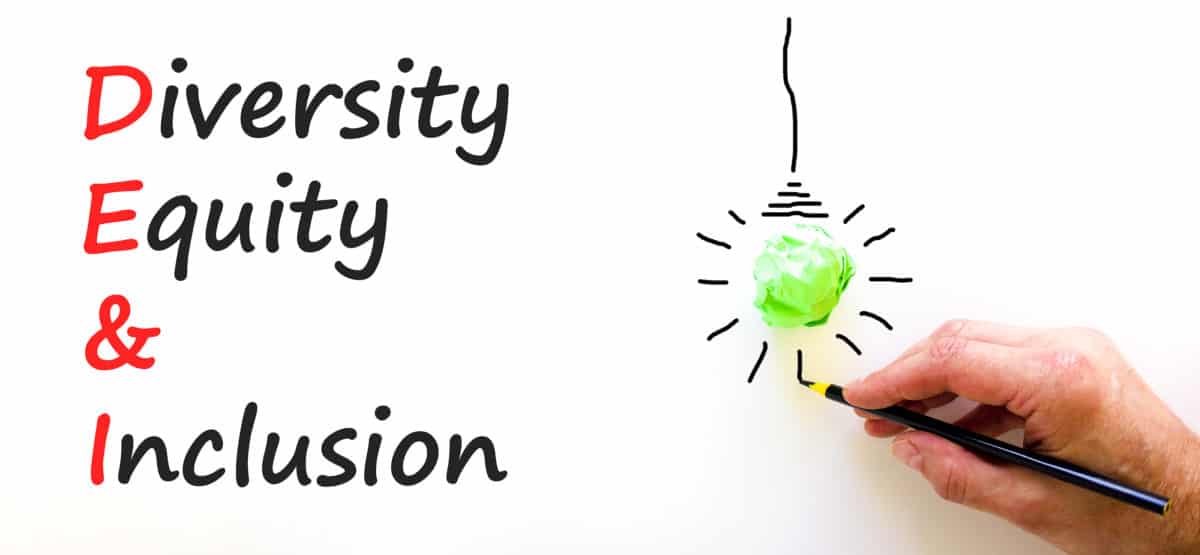
As we look to wrap up 2022 and move on to 2023, it’s important that we review some of the biggest impacts we’ve had throughout the last year. For many companies, 2022 was a year of regrouping, rebuilding, and new beginnings. For us at MassBio, 2022 was about creating lasting, long-term, and meaningful impacts. Through the launch and development of Diversity, Equity, and Inclusion initiatives, informational guidelines, best practices, quantitative and qualitative data, assessments, panels, forums, and events (just to mention a few), we have proudly promoted workplaces where strong morals and values exist and extended the reach of these initiatives across different industries and regions.
DEI took center stage in the boardrooms and courageous conversations that took place at companies across our industry these last couple of years. The focus was often on what organizations and companies can do to support social justice, how they show up for underserved communities, and how they are evolving the demographics of their workforce. In 2023, that focus is maturing to support longevity, transparency, and revamped corporate culture.
The sustainability of DEI initiatives is a pressing concern as many companies have seen turnover and layoffs amongst their DEI staff and past initiatives have failed to yield results on the scale that was intended. Creating a DEI philosophy, strategy, and practice that puts accountability above all else comes down to action.
“Less talk, more action,” said Kendalle Burlin O’Connell, MassBio’s President and incoming CEO during the annual MassBio DEI Conference. “There will continue to be a greater need for organizations to hold ourselves accountable for our commitments and show progress is being made. I also believe that DEI will need to refine its focus on our commonalities rather than our differences, with humanity as a connecting force.”
To get us there, DEI leaders must play a powerful part in organizational development, culture, talent strategies, and supplier programs. “DEI leaders’ capabilities will need to be broader and deeper to navigate organizational complexities,” Burlin O’Connell added.
Historically, a lot of companies have seen DEI policies come and go. They frequently lacked accountability and metrics that drove insight and the evolution of talent strategies. In some cases, there was no defined leader of these efforts, and they were predictably short lived. Additionally, they’ve often been narrowly focused on representation of various demographics, and not deliberately associated with addressing equity or the external circumstances that shape what those people are dealing with outside of the workplace. Few things brought this to the fore like the police-involved murders in 2020. Now we are seeing the focus turning toward the environmental and social systems and circumstances that create the experiences people from diverse backgrounds have.
This is something that employees have called out in recent years and that candidates look for signs of credibility around as companies create DEI policies and initiatives that have longevity. One of the ways this is being showcased is the localization of social justice efforts. The markets that a business operates in are the places where they earn their reputation and build an employer brand. For larger national or international companies, broad, sweeping policies may be handy. But for smaller organizations, DEI policies that help their local communities overcome key challenges will build more credibility and feel more tangible to employees and customers alike. That community buy in will help drive the sustainability and longevity of DEI initiatives as people start to invest in efforts when they see the organization showing up around issues they care about.
For big organizations, localization of broader efforts is equally important. The needs of employees in United States based office will not be the same as those based in offices abroad. Those people experience different environmental hazards, lifestyle demands, and have different cultural concerns. Localizing efforts, even around a specific issue such as local water quality, will go a long way to gaining buy in from people and thus make those efforts more sustainable over time.
Where DEI was once seen as a driver of representation, it’s now seen as a driver of change around what that representation means and how the voices of the newly represented show up in what the company does. Belonging is a word you may start to see more of in the coming years as more people distinguish it from inclusiveness.
Over time, it’s possible that the language of DEI may change. Diversity is sometimes seen as a representation standard while equity and inclusion can be seen as an effort to grant access and equality to people of color willing to assimilate into an organization that props up white heteronormative culture.
In this sense, DEI as it has been traditionally deployed as a tactic for leveling the workplace playing field has also, as an article from the World Economic Forum put it, evolved into a tool for assimilation in some organizations. As companies grapple with this and consider their commitment to the values that DEI originally laid down, they’ll have to consider the evolution of their language, initiatives, intentions, and corporate culture.
Belonging, as it turns out, may be the centerpiece to a new age of efforts designed to deliver the type of social justice around the workplace that employees are hoping their companies will prioritize. Doing so may just create the psychological safety and trust in the organization needed to increase retention and productivity simultaneously.
As we move forward, we must ingrain more humanity in corporate and organizational cultures that have often felt hollow or cold when it came to delivering on the promises on DEI. Moreover, DEI must be the common nomenclature for the work being done at the organizational level and it must be placed at the very core of companies’ business cases.
References:
Davis, Aida. Diversity, Equity and Inclusion have failed. How about Belonging, Dignity and Justice instead?. World Economic Forum. (2021)
Rice, David. The Evolution of DEI Policy. DiversityInc. (2022)
Singleton, Kaela, Et. Al. Are diversity, equity, and inclusion initiatives fixing systemic barriers?. Neuron. CellPress. (2021)